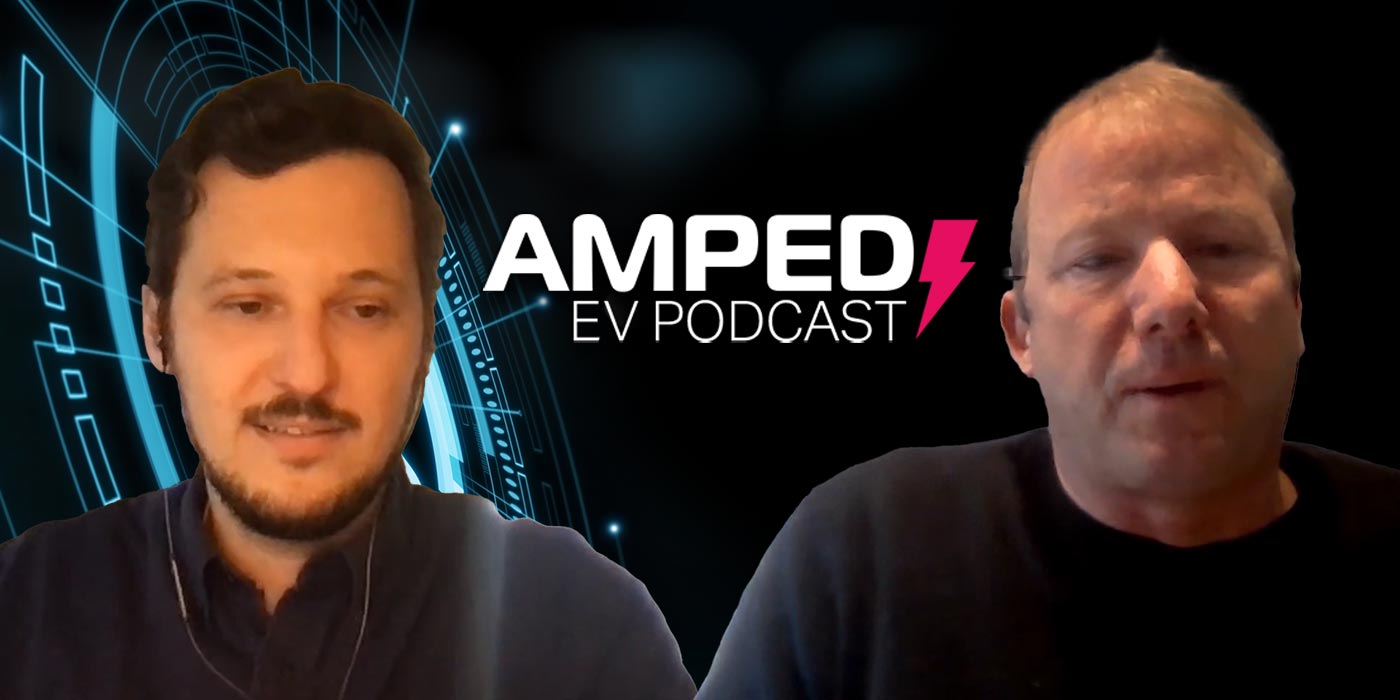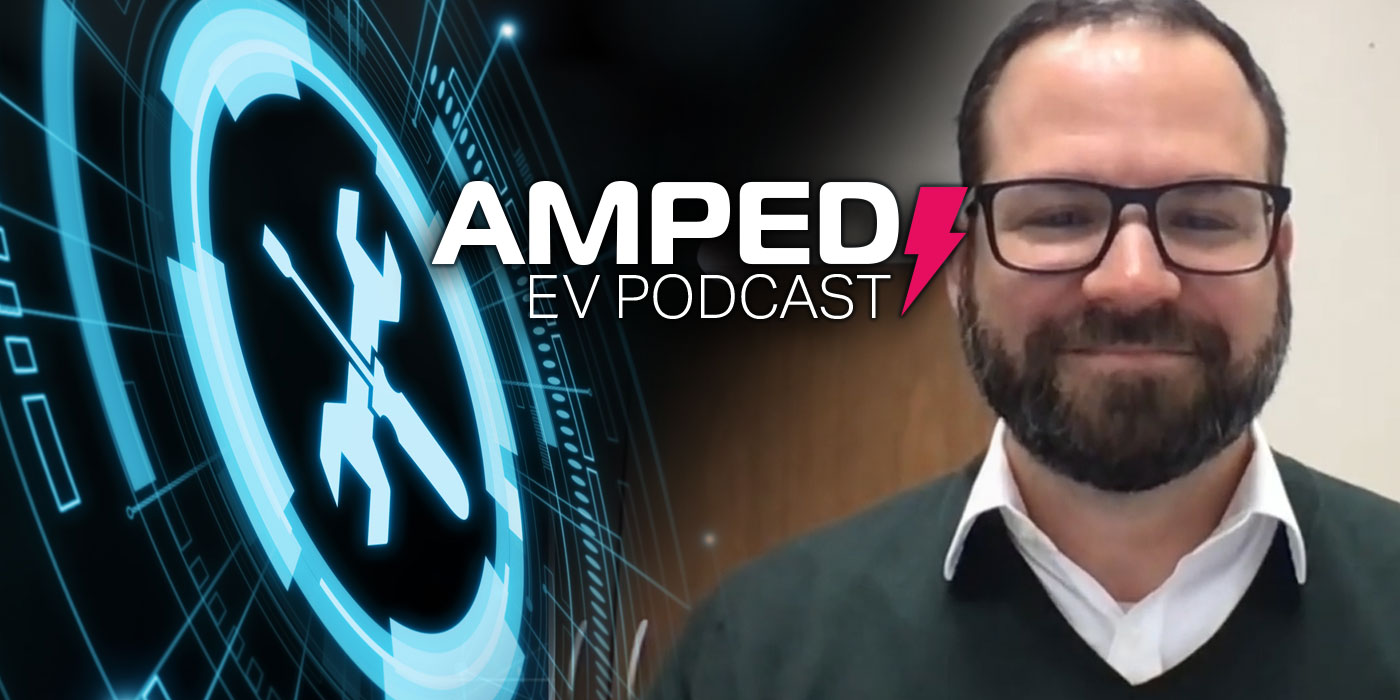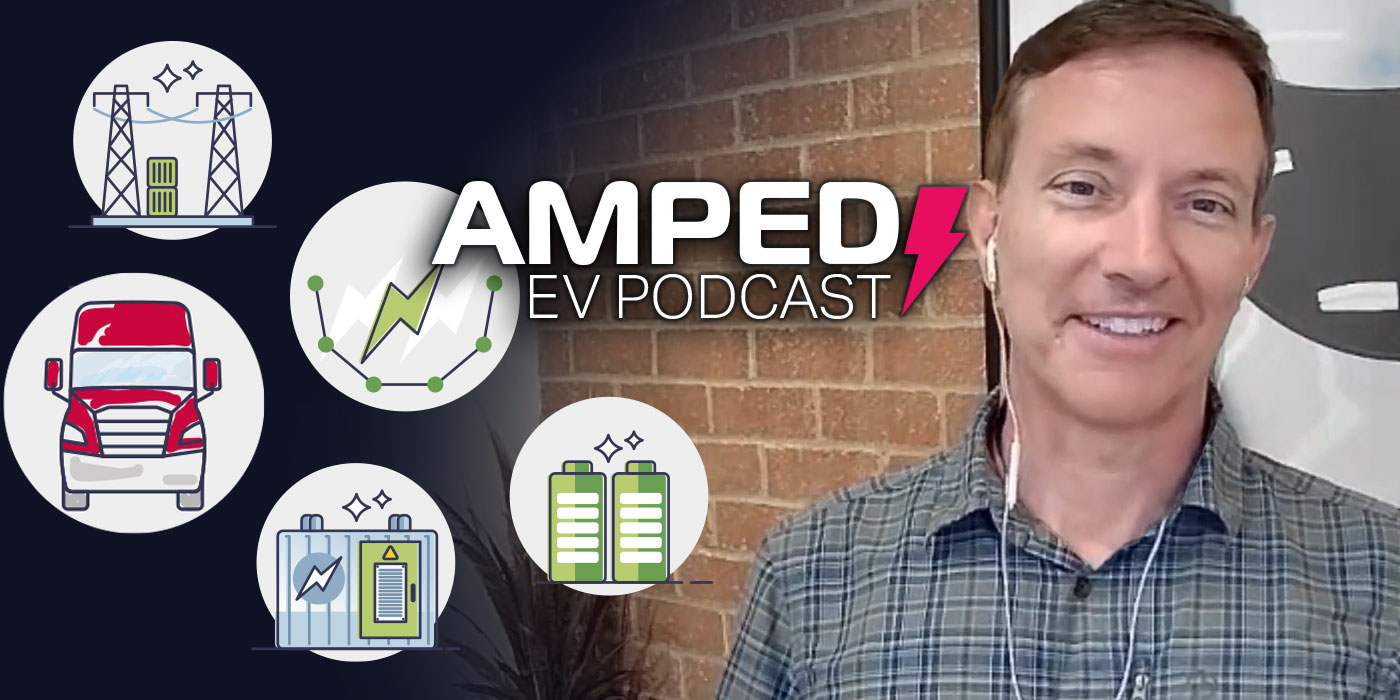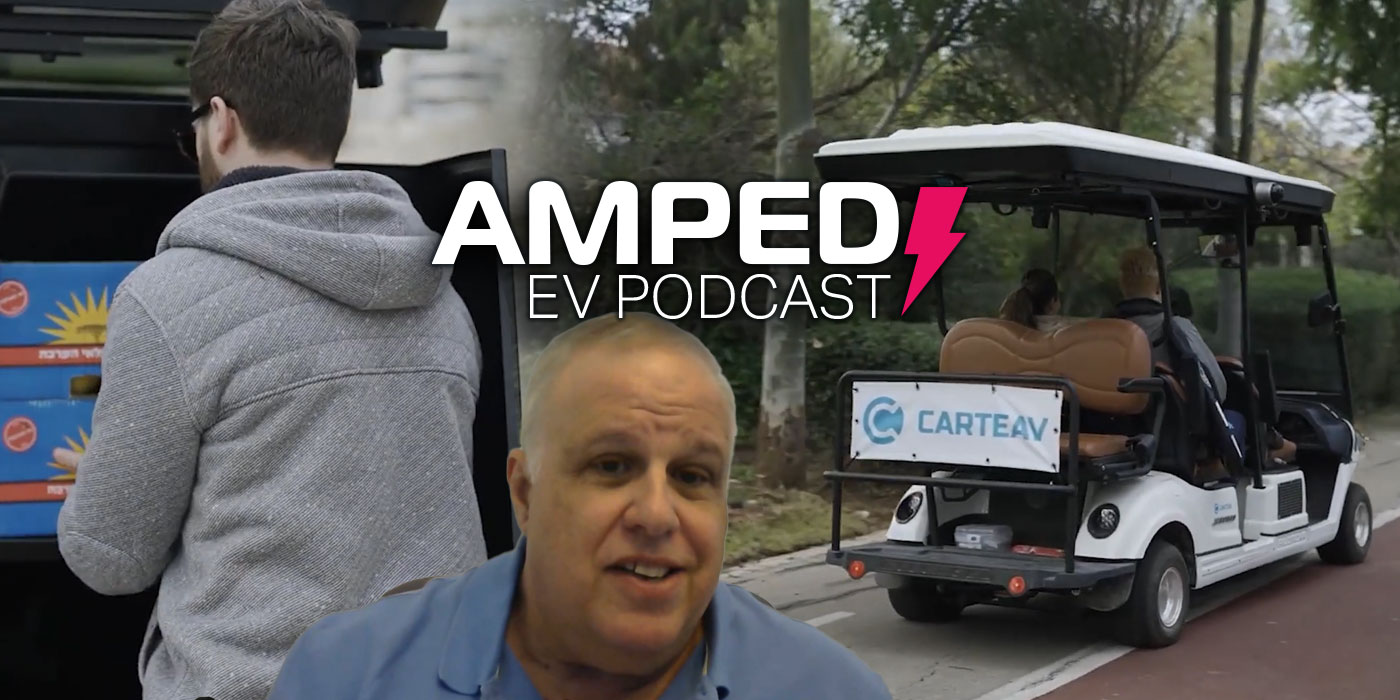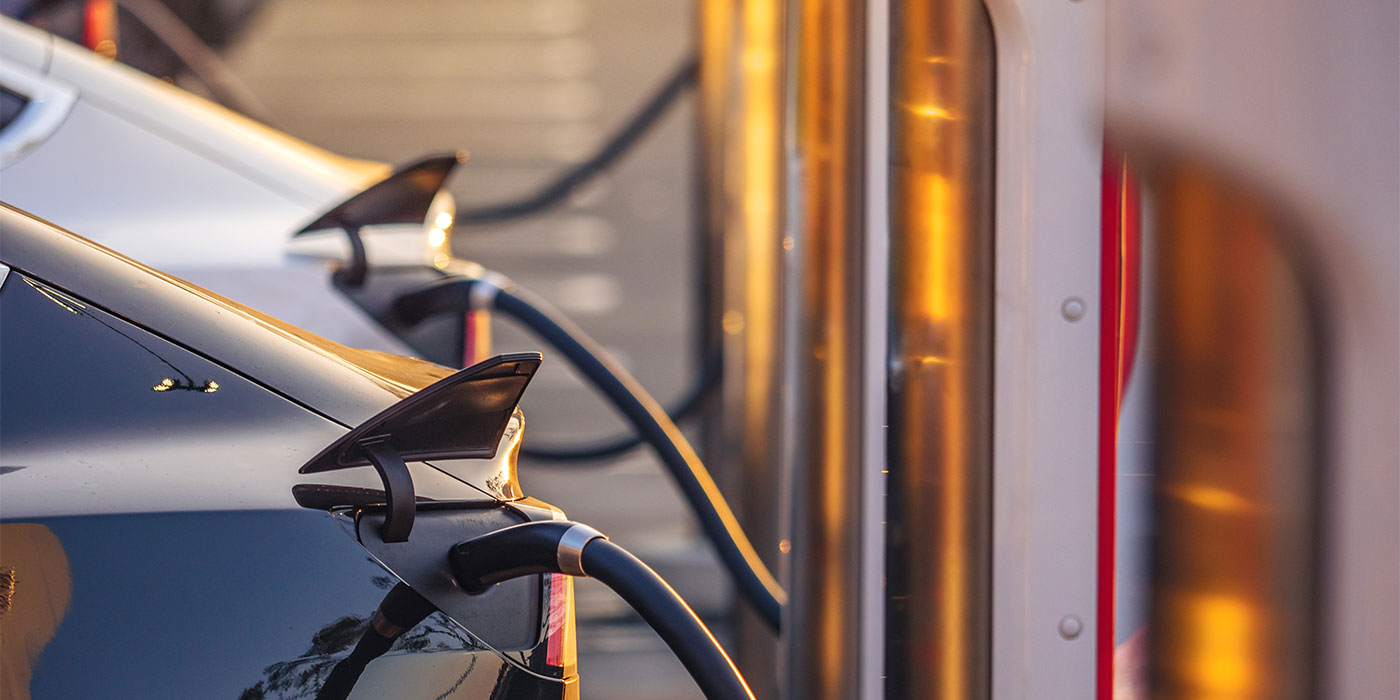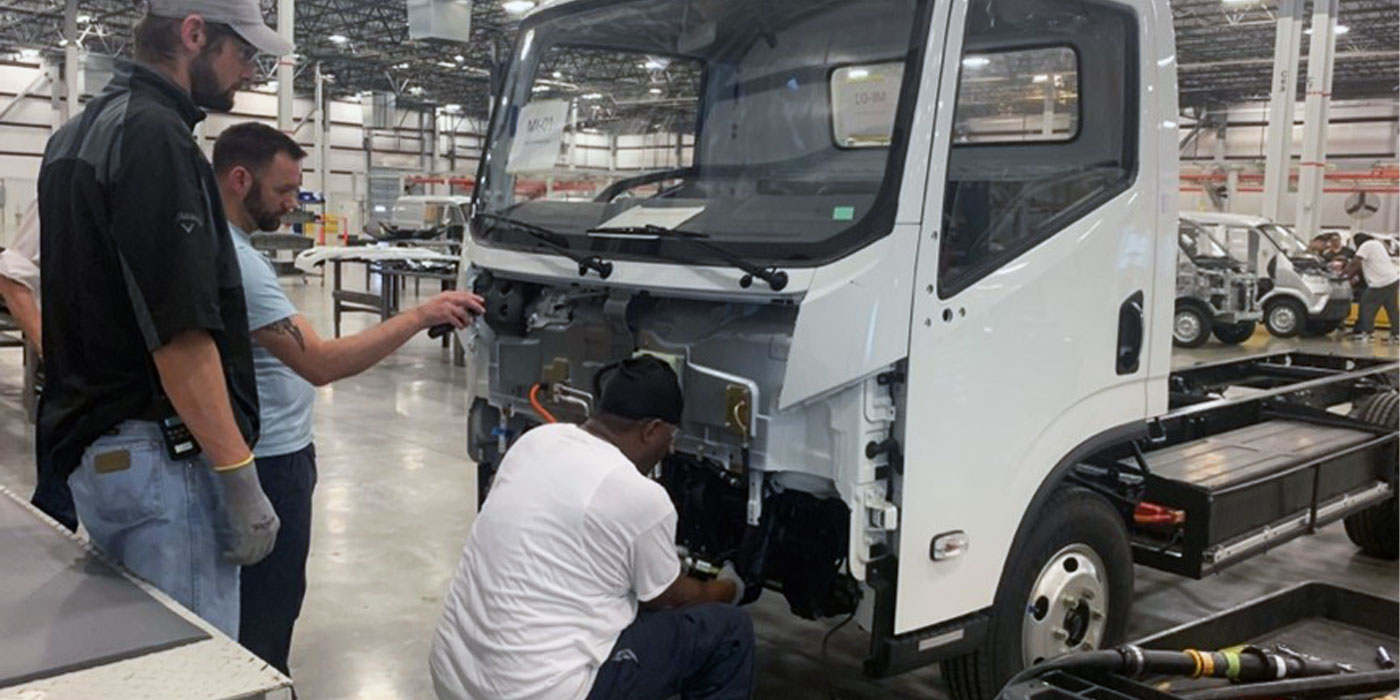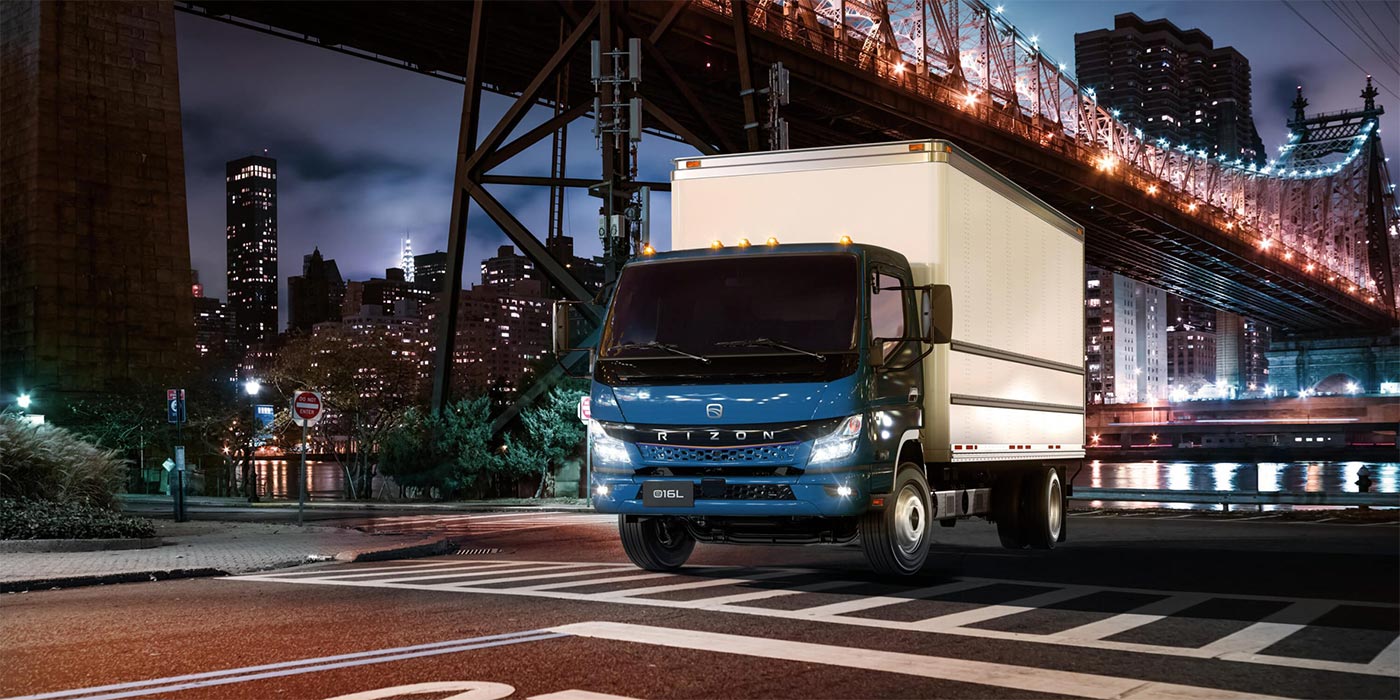Critical to the success of fuel cell vehicles will be the rollout of hydrogen refueling infrastructure and the production of cheap “green” hydrogen – low carbon hydrogen made from renewable electricity and water.
Want more Amped EV podcast? Click here.
Here’s a transcript of the show:
David: Today we’re talking about hydrogen again.
Jason Morgan: Alright.
David: Why?
Jason Morgan: I don’t know. I think you made that decision, and I just created notes. So there’s … well, I will say, I think even as I’ve been surprised … I spend a lot of time on the internet, like everybody else. Our jobs are really on the internet. We’re on the internet right now, I think with people, we’re on the internet. There have been a lot of hydrogen headlines recently. It seems like the talk or the buzz, if you will-
David: Nice.
Jason Morgan: Of hydrogen EV vehicles is growing. I know we did a hydrogen kind of equipment trend overview not too long ago. I think it’s important to talk about infrastructure, because I think it’s the big question mark. And even more so than the electrification one, right?
David: Oh, for sure.
Jason Morgan: There’s nothing.
David: Absolutely. If you’re in California, you might run into them here and there. Otherwise, pretty much nothing.
Jason Morgan: I can think of one. I can think of one, and actually I’m going to jump into my notes real quick. Just to give it a mention, because you mentioned it. So the one that I do know, we mentioned Kenworth and the port out there in California doing hydrogen trucks, running hydrogen trucks, Shell put a station in-
David: Yes.
Jason Morgan: In there. So just really quick, the one I know of off the top of my head is in the port of LA, they have a Shell operated hydrogen fueling station for the Kenworth trucks to fuel up in as they run ports there. Real quick, I just want to throw this quote out there cause I think this is why we can all take this a little seriously, too. Right? You might think, “ah, hydrogen, just another, just another EV buzzword that I’m saying”, but Shell’s Paul Boger, the vice president of hydrogen for Shell said “Shell believes hydrogen offers a promising solution to achieving net zero emissions, both in terms of immediate improvement of local air quality, as well as meeting long term climate goals especially for heavy duty vehicles and for long distance travel.”
And that’s the head of Shell’s hydrogen program. Right? So they’re serious about it. And I’ve talked with Shell on a number of occasions, and I definitely get the sense that Shell is serious about hydrogen. And if you’re looking to solve an infrastructure problem, Shell could probably do it pretty quickly if the money’s there. Right?
David: Sure, sure. Well, it’s always, if the money’s there-
Jason Morgan: Always, if the money’s there.
David: But yeah, no, that’s really interesting coming from just … traditionally historically Shell, you think oil company, it’s very interesting to see them really transitioning and really grabbing kind of the decarbonization bull by the horns, so to speak, and really kind of leaning into these technologies, so that’s really cool to hear that coming from Shell.
Jason Morgan: Yep.
David: One of the more recent articles that we’ve covered on the buzz, California is trying to really amp this-
Jason Morgan: Oh God, you got it. I completely forget-
David: I got you first this time, so they’re hoping to see 200 hydrogen charging stations by 2035. That’s a long ways away, they’re working on it.
Jason Morgan: No, not that far actually, but go ahead, go ahead.
David: You know, it shows that they’re really … they’re seeing that this fuel source is worth investing in, and it’s worth trying to grow that infrastructure. This is coming right on the heels of that carb document saying that a light duty fuel cell passenger car fueling network is possible with the right funding and heavy duty coming right on the heels of that, so I think that could be interesting.
Jason Morgan: Yeah. There’s that little asterisk again “with the right funding”. I love that just oh, with the right funding-
David: Funny how often that comes.
Jason Morgan: Yeah. I love that. Well, real quick. So 2035, it does sound like a long ways away. I mean, we’re at, it’s basically 13 years now, but consider … So then in the commercial world consider this, and the reason I say it’s not that far, is that average truck life cycles give or take are probably four or five years old. Right? So if I’m turning trucks over every five years, I’m really only maybe two, maybe three truck cycles away from investing in hydrogen.
David: That’s a good point.
Jason Morgan: So those conversations … I’m not buying it today. I’m not buying it tomorrow, but I’m going to … anyway, no one’s getting any trucks anyway, because supply issues like they’re, still-
David: That’s a good point.
Jason Morgan: Just trying to push them all through as far as it can. But what’s interesting is that it’s in the world now, it’s in the conversation. It’s important to have these conversations, not just to have fun, cause it’s fun to talk about, but also just, “okay, well this is what I’m looking at. These are my plans”.
It does look to be that in the heavy duty world, hydrogen’s going to be how you get trucks going across the country, right? The battery trucks that are running right now are not running that far, that long.
David: Sure.
Jason Morgan: And that’s the interesting thing about the United States is just how long those routes are, how far those trucks travel. You need hydrogen. Now is the time in the commercial world, at least for fleet managers, to really start talking about it in very real terms. Yes, there’s a lot of unknowns. Yes, there’s a lot of questions. We don’t know, but now’s where you start kind of gathering … Those early adopters start to gather their early adopting party.
David: Yes. Oh yeah, for sure. For sure. You know, speaking of early adopters, I guess I wouldn’t call them an adopter, but when I think of hydrogen, one of the companies that comes to mind for me is Hyzon Motors. They are just really going kind of full throttle on hydrogen and always coming out with new, interesting news. A lot of it goes over my head, because I’m not a chemist-
Jason Morgan: Right.
David: Believe it or not. However-
Jason Morgan: I don’t, I don’t, sir.
David: However, one of the more interesting articles that they recently sent me for The Buzz was partnering on a liquid hydrogen fuel cell truck targeting a 1000 mile range with this. Basically what they’re seeing is that, liquid hydrogen powering a heavy duty commercial vehicle is going to give it more range, because it’s more dense than gas storage. So when you’re … what I’m getting at here is that when you’re talking about hydrogen, we’re going beyond just a single fuel source, so to speak. There’s so much to think about here, gaseous versus liquid hydrogen. I don’t know what the difference is as far as what it takes to power a truck with these, but what I can tell you is that the conversation goes far beyond simply whether or not we’re going to be using hydrogen at all.
Jason Morgan: Right. Going back to the original question of why we’re talking about infrastructure. I think it boils down, and what we can kind of dig into, are those two main things to your point generation, right?
David: Mm-hmm (affirmative).
Jason Morgan: Where’s hydrogen coming from and then getting it there. Where’s it going? How do we get it there? Where are the stations? In terms of hydrogen generation, let me throw one word at you … trash.
David: Okay.
Jason Morgan: What do you think of trash? We’re going to get hydrogen from trash. Anyway, you mentioned Hyzon.
David: Yeah.
Jason Morgan: When I talked to Craig Knight, their CEO back at ACT Expo, that was one of his cool things is that they can take trash, like trash-
David: Real trash.
Jason Morgan: We’re all generating lots of trash.
David: All day.
Jason Morgan: All day, every day, they can take that trash and turn it into hydrogen fuel.
David: Interesting.
Jason Morgan: Yeah. So they’re working with a company called Raven to build 250 waste to green hydrogen hubs. Right?
David: Okay.
Jason Morgan: So this is … Raven’s a company that’s been making synthetic fuels from municipal waste, and now they’re working on isolating the hydrogen from the gas to produce automotive grade hydrogen that can be used for trucks. They have their first site in Richmond Bay. There’s a second site on the way with more to come, obviously with 250. But that is just a wild thing. I’m going to take this trash and turn it into green energy, which okay …
And it’s real, I’m not making this up. This isn’t some weird sci-fi deus machine.
David: I believe you. I have a lot of questions about … I mean, you’re right. I don’t know if you know, but like as far as the trash goes, does it have to be specific quality of trash? Can it be anything? That’s really interesting though.
Jason Morgan: I don’t know. Maybe we’ll get them on the phone next time and talk about trash.
David: That’d be fantastic. Strictly trash.
Jason Morgan: Another fun generating fact. Here’s another fun word I’ll throw at you, all these fun words. I’m going to check my notes, because I always say it wrong, electrolyzer.
David: Electrolyzers.
Jason Morgan: Electrolyzers.
David: That’s a fun one.
Jason Morgan: How about that?
David: More fun than trash. Well, arguably
Jason Morgan: I mean just to say it electrolyzers. Man, that’s fun. Anyway, Cummins, big name in the diesel space. Right? Biggest diesel engine manufacturer in the world has a big focus on electrolyzers and producing hydrogen. So, I don’t really know what that means. Right? I talked with Jennifer Rumsey, their CEO, president, and electrolyzers. Basically uses electricity to break water into hydrogen and oxygen. You can capture the hydrogen and then take it to wherever you need to go.
David: Very cool.
Jason Morgan: The key to this again, and I think we’ve touched on it here, is how you’re generating that electricity. Right? Ideally that’s from green energy, solar wind. Can I say nuclear? Is that green?
David: Nuclear.
Jason Morgan: Can I say nuclear?
David: You can say nuclear.
Jason Morgan: Cause I’m good with it, but I know it’s also a controversial thing. I didn’t know if that’s considered green, but you can use that electric energy to turn it into hydrogen. Whereas if you’re just burning cold and turn it into hydrogen, you’re not really doing yourself a service there. So those are … lots of different ways to get hydrogen, but I just thought those were two of the more interesting ones that I’ve seen recently.
David: Most definitely. And that’s gray hydrogen, green hydrogen, gray hydrogen being … it’s a little dirtier, so to speak,
Jason Morgan: Gray hydrogen.
David: It’s typically derived from like fossil fuels, and that tends to be one of the hydrogen sticking points that I hear most often with people who are kind of arguing against it. If you’re going to all this trouble to create this cleaner fuel source, but it’s still being derived from fossil fuels, what are you really doing? What are we accomplishing here? This green hydrogen, which is not being produced from fossil fuels, is being produced from other methods, that anytime that you can do that, it’s kind of advancing the hydrogen talk a little bit further, I think.
Speaking of nuclear power, I’ve got a note here that as of October, the department of energy is throwing $200 million into demonstrating that there’s technology out there that can convert nuclear power to a clean hydrogen, which is obviously crucial as far as if we’re trying to get to net zero, so to speak, that’s going to be an avenue that we need to explore. So, that’s happening. That’s definitely happening.
Jason Morgan: Right, right. So if I were thinking of … I’m watching this on my side, I’m a commercial fleet manager, on your side, more consumer passengers side, but still lots of investment going on there. What are some of your … what’s your takeaway? I think mine is that there’s lots going on, lots of investment, lots of different options. I feel like we’re kind of at the point, and I think I’ve said this before with the hydrogen talk where we were maybe two, three years ago with the battery charging conversation. Right. A lot of what ifs sent up in the air, but we’ve seen that start to come to reality. We’ve seen people actually investing in charging and actually investing in electric trucks and actually moving loads with them now in the commercial world. Right?
David: For sure.
Jason Morgan: We’ve seen it on the passenger side, too. I think one of my takeaways is that you’ve got to start talking about it in a very real sense. Right? You got to … if you’re long haul, there are investments being made, I think across all the OEMs. I think Navistar has been one of the more outspoken ones. They’ve even made an investment in a company called OneH2 to supply and deliver hydrogen. They’re working with stakeholders to bring those trucks to the long haul.
So, that’s just one example of how that is coming to the market, and it’s good to start talking about it now to get a sense of the challenges that OEMs are facing, to get a sense of the challenges the infrastructure is facing, because as a fleet, I’m playing a role in that and we all need to kind of pull along together just as it’s happened on the battery electric side.
David: Yeah, absolutely. I couldn’t agree more. When you say two to three years, I think you’re mostly talking about from the trucking perspective, because I think in the passenger car world, electrification has been a little more of a-
Jason Morgan: It’s been around.
David: It’s been around a little longer, but that being said, I think we’re kind of on the same track there, too. I mean just the … probably more so in the heavy duty world, we’re looking at hydrogen, but it’s being investigated in the passenger world, too. I mean, as I mentioned before, California wants to invest in a light duty infrastructure network for that kind of thing. So, it’s happening. It needs to be talked about, we’re talking about it now.
I think it really is… It does kind of have that same sort of buzz that the early electrification talk had, now. Looking at Europe as well, that’s always kind of a good indicator as far as where a technology is going, and how it’s doing, and whether or not … if it’s doing well in Europe, there’s a good chance it’s going to do well here in the states, as well, with some caveats there. But there’s a lot of hydrogen talk in Europe, too, so I think it’s worth investigating and looking into.
Jason Morgan: For sure. I’m amped to see where it goes … late amped score. Got it. Well, and I think this is … so why don’t … you want to stay on the infrastructure talk for next time?
David: Yeah.
Jason Morgan: I think let’s look back at battery electric-
David: Perfect.
Jason Morgan: And charging infrastructure. We’ll see what we’ve learned over the past year or so.
David: I’m into it.
Jason Morgan: Awesome.
David: Cool. Well, thanks for joining us today, everybody. We’ll catch you next time.
Here are some of the stories we reference in the episode:






